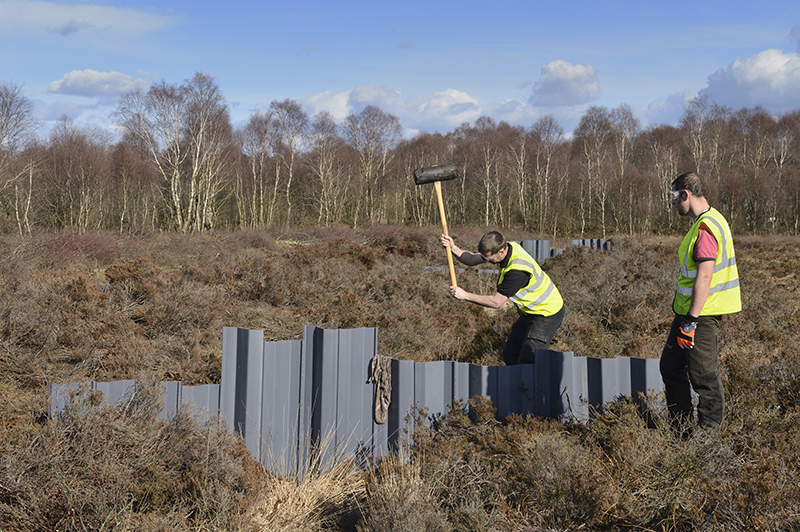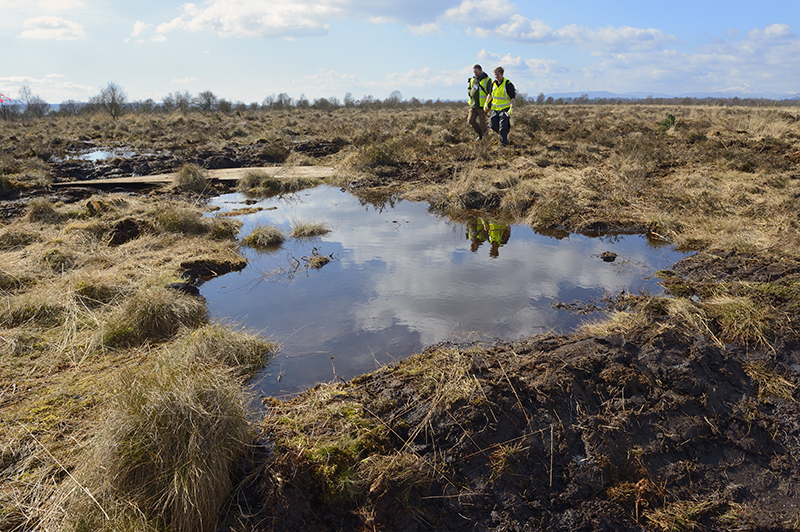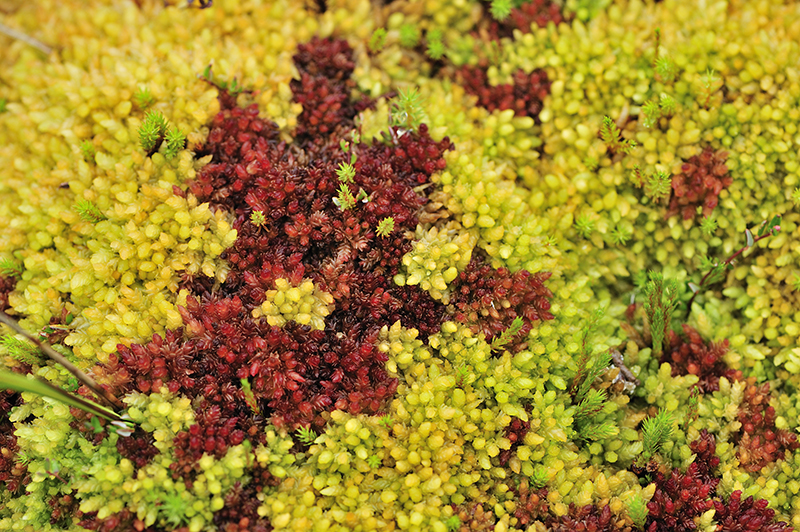What is it?
Human beings can damage the natural world, but we can also take steps restore ecosystems. Restoration is not a substitute for conservation – where possible it’s better to avoid degrading ecosystems – but often it is the only way to deal with historic issues. In Scotland, perhaps the best example of habitat restoration is the Peatland Action Project.
Peat has traditionally been used for fuel and plays a vital role in giving Scotch whiskies their unique taste. On a global scale though, our peatlands draw carbon dioxide from the atmosphere. However, they are threatened by burning, grazing, industrial pollution and forestry plantation on deep peat. Peatland restoration is reversing the erosion and loss of peatland function caused by all of these. By restoring our peatlands, we are not only protecting the wealth of biodiversity that live there, we are playing an important part in the international fight against climate change.
Working at a landscape scale means we can deliver environmental, social and economic benefits that are more difficult to achieve by managing small sites individually.
Explore the data
You can explore the current extent of our peatlands on the Scotland’s soils Carbon and peatland 2016 map.
How do I interpret the data?
The carbon and peatland 2016 map shows the distribution of carbon and peatland classes across the whole of Scotland. It gives a value to indicate the likely presence of carbon-rich soils, deep peat and priority peatland habitat for each individually-mapped area, at a coarse scale.
Who is responsible for this indicator?

This indicator is prepared by the Scottish Government
Adobe Acrobat Reader is the free, trusted leader for reliably viewing, annotating and signing PDFs.
Download Adobe Acrobat Reader




